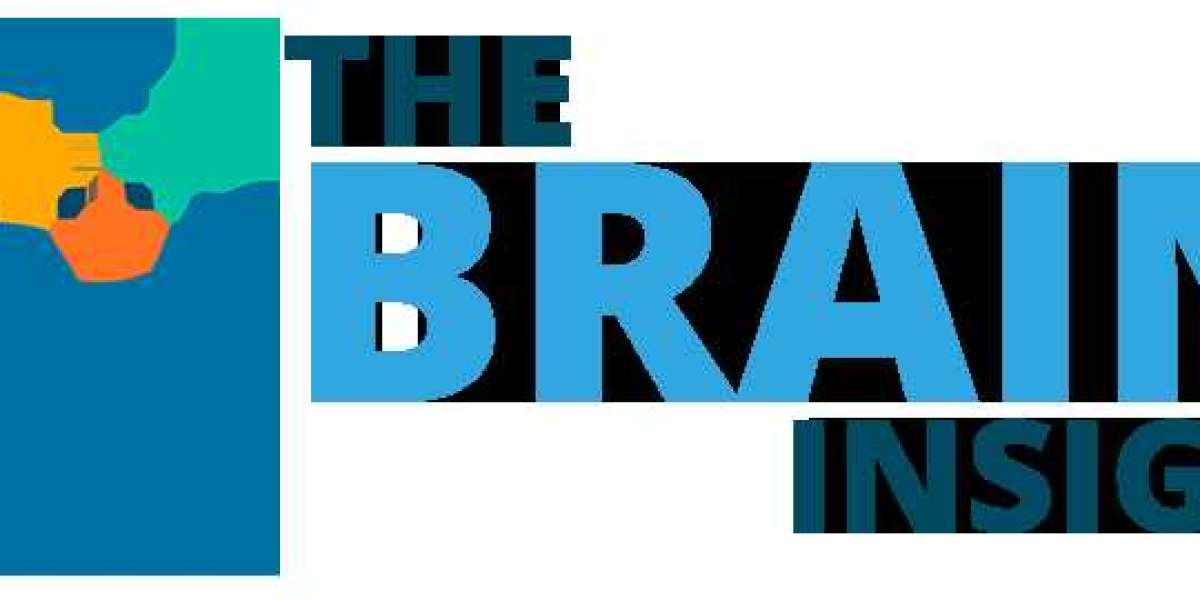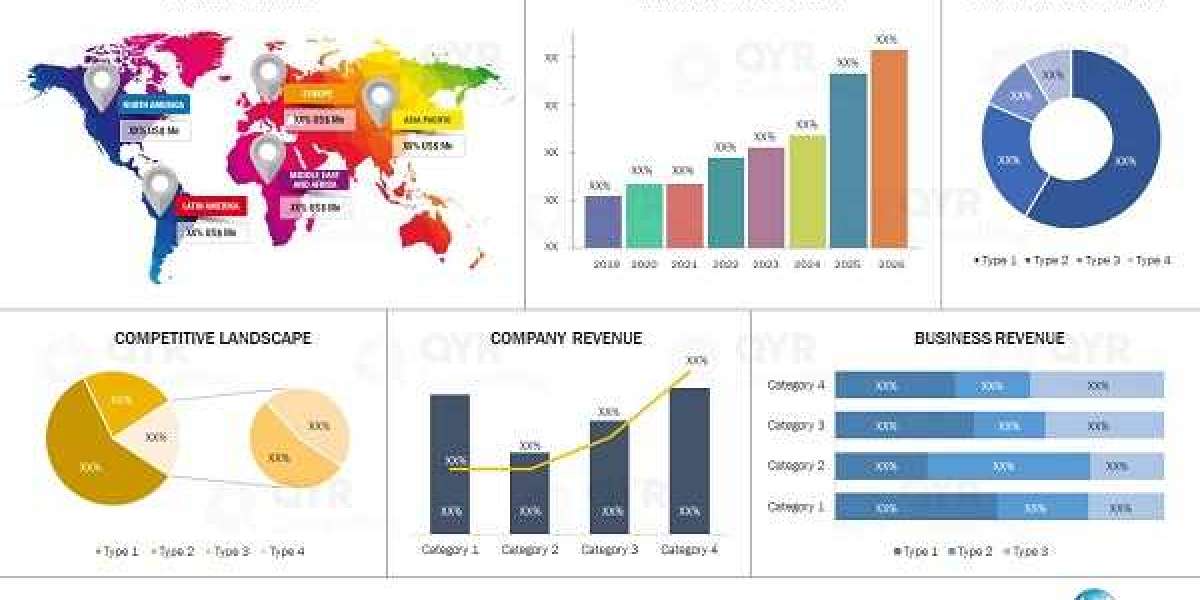The fiber-based packaging market is thriving, propelled by increasing global emphasis on sustainable and eco-friendly packaging solutions. Derived from renewable resources like wood pulp, recycled paper, and agricultural waste, fiber-based packaging is gaining popularity in industries such as food beverage, consumer electronics, e-commerce, and personal care. Regulatory bans on single-use plastics, growing environmental awareness among consumers, and corporate sustainability goals are key drivers fueling demand.
The global fiber-based packaging market was valued at USD 380.98 billion in 2023 and is anticipated to grow at a CAGR of 3.5% from 2024 to 2033.
Key Market Restraints
Moisture Sensitivity: Fiber-based packaging is less suitable for high-moisture or perishable goods without added coatings or treatments.
Cost Competitiveness: Biodegradable and compostable options can be more expensive than plastic alternatives.
Structural Limitations: Not always ideal for heavy-duty or precision packaging compared to plastic or metal alternatives.
Recycling Infrastructure Gaps: In some regions, lack of adequate collection and processing systems limits effective recycling and reuse.
Regional Insights
North America: Strong growth due to shifting consumer preferences, government legislation against plastics, and innovation in molded fiber packaging.
Europe: A frontrunner in fiber-based packaging adoption, driven by the EU Green Deal, extended producer responsibility laws, and robust recycling infrastructure.
Asia-Pacific: Fastest-growing region with rising urbanization, booming e-commerce, and tightening environmental regulations in countries like China, India, and Japan.
Latin America Middle East: Emerging markets showing increased awareness and gradual transition toward sustainable packaging, especially in food and agriculture.
Challenges and Opportunities
Challenges:
Balancing cost-efficiency with sustainability.
Need for barrier coatings (often plastic-based) which can reduce recyclability.
Supply chain issues related to raw material sourcing (e.g., pulp and paper).
Opportunities:
Innovation in molded fiber and paper-based alternatives to plastic trays, clamshells, and containers.
Use in protective packaging for electronics, glass, and industrial parts.
Growth in online grocery and meal kit services requiring sustainable insulation and cushioning.
Expanding applications in luxury packaging and branded sustainable solutions.
Key Trends
Rise of plastic-free packaging solutions such as molded fiber bottles, paper-based blister packs, and compostable mailers.
Development of coating-free waterproof fiber packaging using natural or biodegradable barriers.
Increased investment in recyclable and home-compostable innovations.
Growth of fiber-based packaging in e-commerce, especially for eco-conscious brands.
Circular economy initiatives pushing for full recyclability, reuse, and reduction in virgin fiber usage.
Key Players
International Paper Company
Smurfit Kappa Group
Mondi Group
WestRock Company
DS Smith Plc
Stora Enso Oyj
Huhtamaki Oyj
Mayr-Melnhof Karton AG
Packaging Corporation of America (PCA)
Georgia-Pacific LLC
Request to Download Sample Research Report- https://www.thebrainyinsights.com/enquiry/sample-request/14172
Conclusion
The fiber-based packaging market stands at the forefront of the global transition toward sustainable materials. Despite challenges related to durability and cost, its advantages in biodegradability, renewability, and public perception make it a strong contender in the future of packaging. Innovation, regulatory support, and circular economy practices will be critical to expanding its use across diverse industries and regions.
Market Introduction
Market Dynamics
Segment Analysis
Some of the Key Market Players











